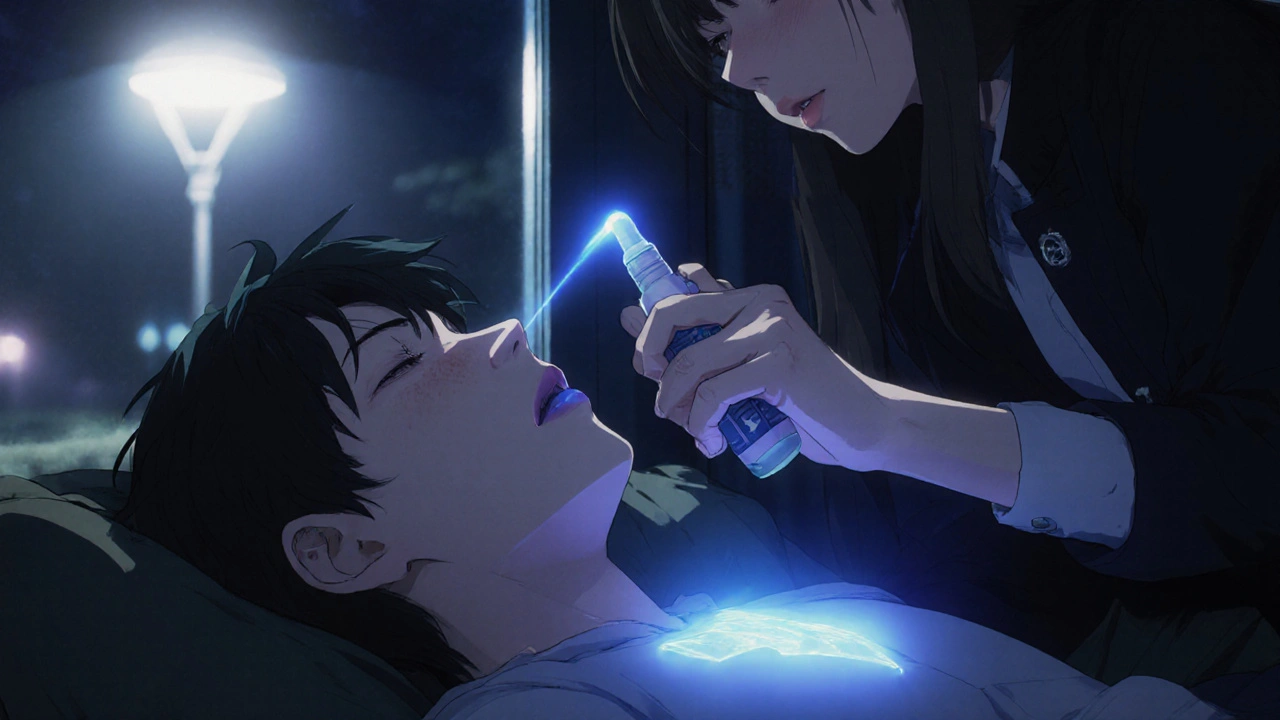When someone is experiencing an opioid overdose, a life-threatening condition caused by too much opioid in the system, leading to stopped or slowed breathing. Also known as opioid poisoning, it can happen to anyone—even those taking prescribed pain meds. Without quick action, it’s fatal. The good news? You can stop it. And you don’t need to be a doctor.
Most overdoses happen because breathing slows until it stops. The person may be unresponsive, have blue lips or fingertips, and make slow, gurgling breaths—like they’re drowning in air. This isn’t just a medical emergency; it’s a moment where seconds matter. That’s where naloxone, a medication that reverses opioid effects by kicking opioids off brain receptors. Also known as Narcan, it’s safe, easy to use, and available without a prescription in most places. Naloxone doesn’t work on alcohol, benzodiazepines, or stimulants—but it works fast on heroin, fentanyl, oxycodone, and other opioids. Keep it handy if you or someone you care about uses opioids, even as prescribed.
Knowing the signs is half the battle. If someone slumps over, won’t wake up, or their breathing sounds like a snore that stops and starts, don’t wait. Call 911 immediately. Then give naloxone if you have it. Even if they wake up after one dose, stay with them. Fentanyl is so strong that one shot of naloxone might not be enough—symptoms can return. Always wait for paramedics. And never leave someone alone after an overdose. Their body is still processing drugs, and the risk of another overdose is high.
You might worry about legal trouble if you help. In most states, Good Samaritan laws protect you when you call for help during an overdose. Your priority isn’t fear—it’s action. And you’re not alone. Thousands of people have been saved by bystanders who did exactly what you’re about to learn: recognize the signs, act fast, and stay calm.
Below, you’ll find real-world stories and clear guidance on what to do before, during, and after an opioid overdose. From how to administer naloxone correctly to what to say to emergency responders, these posts give you the tools—not just theory. You won’t need to guess. You’ll know exactly what steps to take when it counts.
